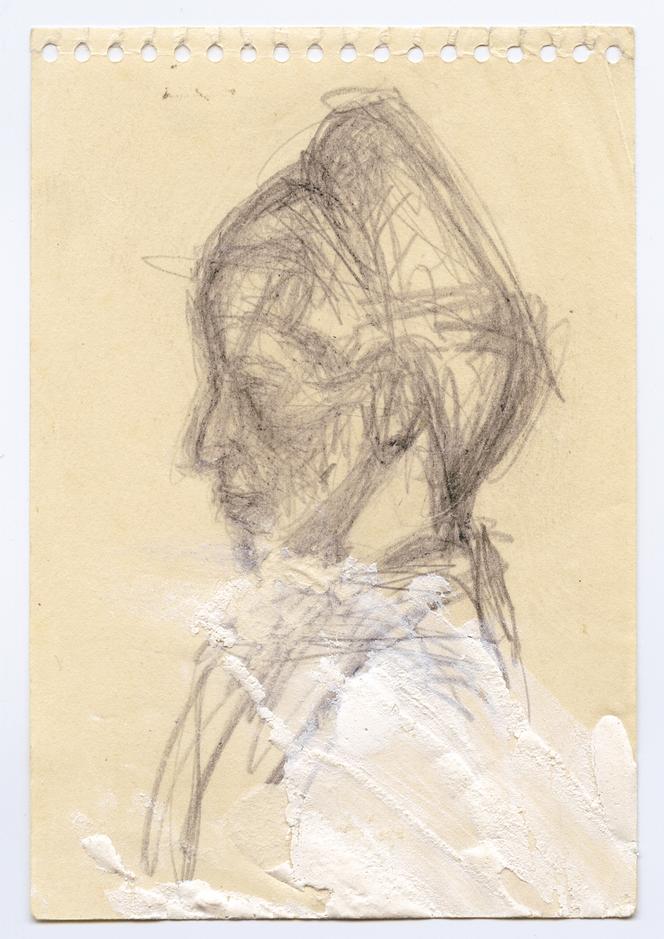


Jean-Paul Sartre (1905-1980) was held prisoner in a stalag near Trier, Germany until March 1941, when he returned to Paris. There, he was reunited with Simone de Beauvoir (1908-1986). A few weeks later, Nathalie Sorokine (1921-1968), one of Beauvoir's students (and also her lover) introduced the couple to the sculptor Alberto Giacometti (1901-1966), possibly at Brasserie Lipp, as Beauvoir recounted in her memoir La Force de l'âge (The Prime of Life, 1960). Shortly thereafter, Giacometti returned to his native Switzerland, but when he came back to Paris in the autumn of 1945, the relationships between the couple and the sculptor resumed. The cafés of Montparnasse and Saint-Germain became the backdrop for their conversations when they were not meeting in the artist's dusty studio.
The exhibition "Beauvoir, Sartre, Giacometti. Vertiges de l'absolu" ("Beauvoir, Sartre, Giacometti: Vertiginousness of the absolute") at the Giacometti Foundation in Paris tells this story. Its title is partly borrowed from the preface that Sartre wrote in 1948 for Giacometti's exhibition at the Pierre Matisse Gallery in New York, entitled "La recherche de l'absolu" ("The Search for the Absolute"). The typescript of Sartre's text is displayed in a glass case, and visitors are invited to decipher Giacometti's handwritten notes and corrections – most of which Sartre ultimately disregarded. This document is on view in the first and most historical room of the exhibition, alongside photographs, several letters, pencil portraits of Beauvoir (from 1946) and Sartre (from 1949), and small plaster heads depicting the writer. The best-known of these, lightly painted, once belonged to Beauvoir herself. Throughout these studies, Giacometti's method is visible: He alternated between layering and erasing lines, and varying the poses – frontal, profile, three-quarter view – in order to achieve the most complete "X-ray" of the head he observed.
You have 64.5% of this article left to read. The rest is for subscribers only.
